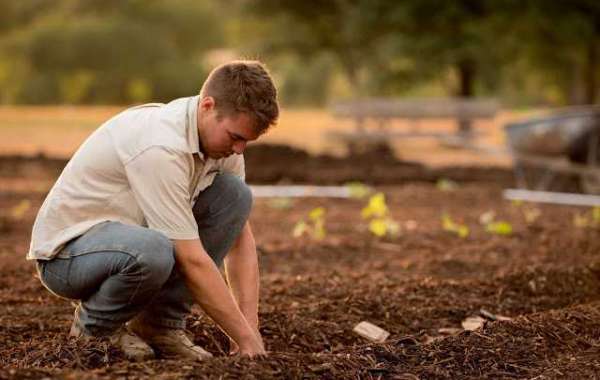If you read nothing else from this guide, read the following 14 steps and give gardening a try. You may find that you don’t like it, or you may find that you like it enough to want to read more of the guide. Good luck!
1) Think about the vegetables and herbs you enjoy eating and the flowers you enjoy looking at. Make a list of those you enjoy most, and think about which are hardest to find or most expensive to buy in stores – those are the ones you’ll want to grow. Sweet corn, winter squash, and watermelons are popular choices, but be aware that they take up a lot of space (winter squash, for example, should be planted at least 180 cm/6 ft apart). Other vegetables take more space than you might think – tomatoes, for example, should be planted at least 60 cm (24 in) apart. Some plants that get big (cucumbers and pole beans, for example) can be trained up structures called trellises so they take less space.
2) Divide the crops you want to grow into cool-season crops (which do best in the spring and the fall) and warm-season crops (which do best in the summer). Common cool-season crops include beets, broccoli, cabbage, carrots, cauliflower, collard greens, kale, lettuce and other salad greens, peas, potatoes, radishes, spinach and turnips. These crops can survive cold weather (even some frost). Popular warm-season crops include beans, corn, cucumbers, eggplant, okra, peppers, pumpkins, squash, tomatoes, and watermelons. These crops need very warm weather to grow and cannot survive frost at all.
3) Further divide the crops you want to grow into crops that can be grown from seed in the garden and those that are usually planted in a house or greenhouse and moved (or transplanted) into the garden as small plants. Of the crops listed above in step 2, broccoli, cabbage, cauliflower, collard greens, eggplant, kale, peppers, and tomatoes are almost always transplanted by new gardeners. Cucumbers, pumpkins, and watermelons are sometimes transplanted and sometimes not (buying or growing your own plants can protect the young plants from pests and cold weather that they would meet in the garden). Other plants are grown from seed.
 How To Love Yourself As A Senior Bbw
Door Christopher Miller
How To Love Yourself As A Senior Bbw
Door Christopher Miller Jobs That Are Perfect for People Who Like to Work With Their Hands
Door Kevin Gardner
Jobs That Are Perfect for People Who Like to Work With Their Hands
Door Kevin Gardner Best canadian pharmaceuticals online
Door Rosa Smith
Best canadian pharmaceuticals online
Door Rosa Smith What is the greatest online casino in Canada?
What is the greatest online casino in Canada?
 Mentioned previously in despatches
Door SEO Consultant
Mentioned previously in despatches
Door SEO Consultant


